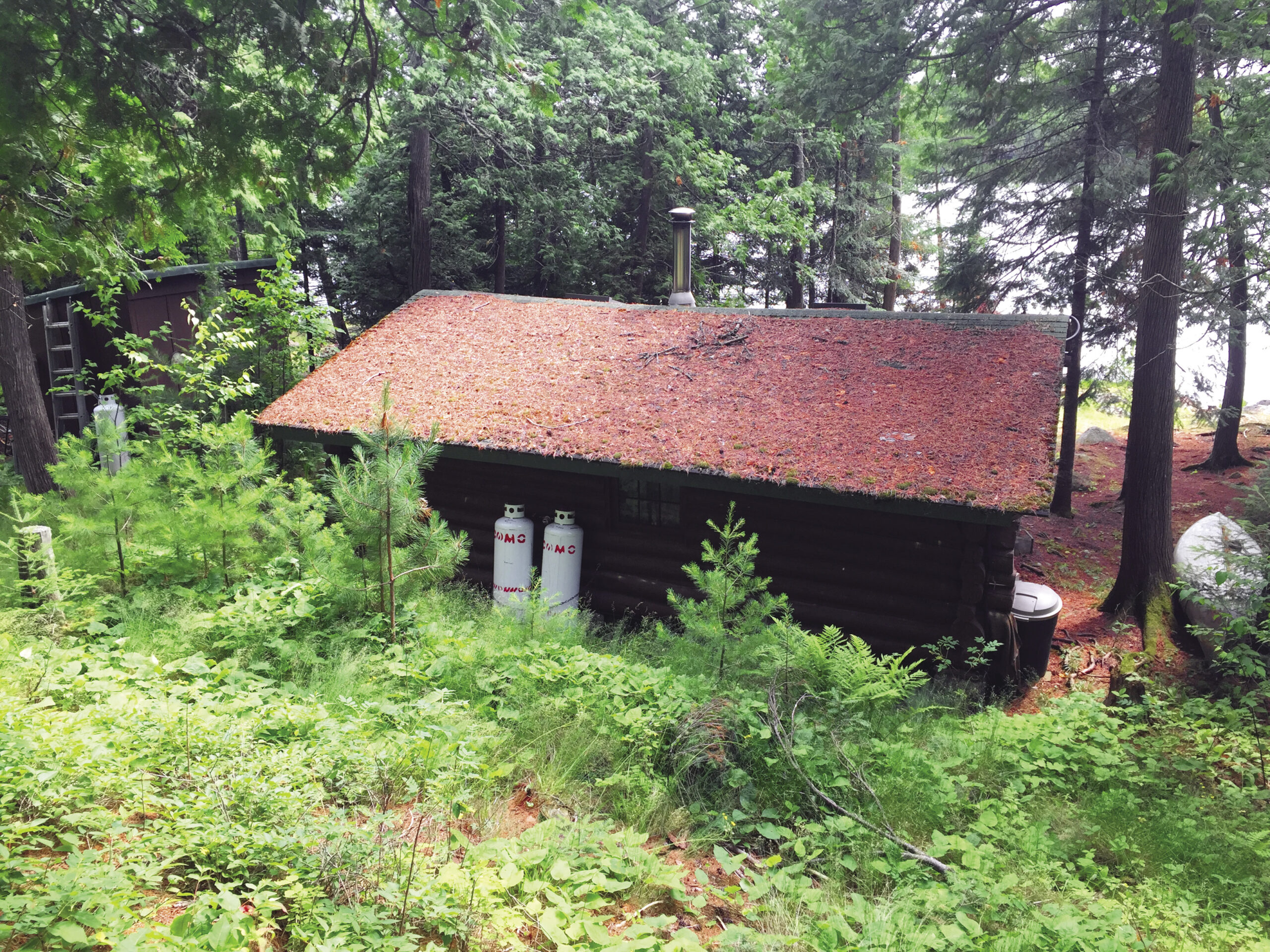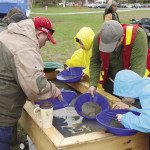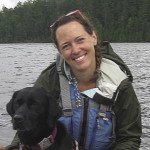Cook County—In Cook County, recurring wildfire is a fact of life. The wildest corner of Minnesota is a fire-driven ecosystem where periodic fires sweep across the boreal forest landscape, burning up the trees so the forest may grow anew. However, this natural process is an ever-present danger for home and cabin owners who face a real risk of seeing their property destroyed by a wildfire. But there are ways to reduce the risk through a program known as Firewise.
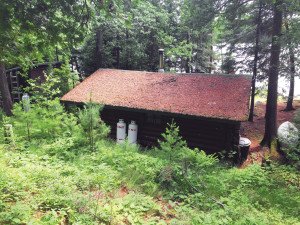
Extra trees and shrubs around your property can add fuel to a fire. | SUBMITTED
“Our basic goal is to encourage local solutions for community wildfire safety,” said Firewise coordinator Tom Armbruster. “We show individual property owners steps they can take to reduce wildfire risks.”
Reducing fire risks around homes and cabins often requires adjusting your perspective. Many people choose to have homes or cabins in the forest because they love being surrounded by trees. But fire-fighters have another word for trees and shrubs: fuel. And reducing fuels is a way to lower fire risks. This means clearing away trees (especially conifers) or brush around structures. It also means clearing the edges of driveways so that large emergency vehicles, including ambulances, have access and sufficient turn-around space.
The Firewise program encourages community involvement, because the more neighbors who reduce fire risks, the lower the overall risk for everyone. Sometimes this is a matter of neighbors talking to one another, and other times it involves the collective effort of lake association members. A group working together also has better odds of getting a grant to help them reach their goals.
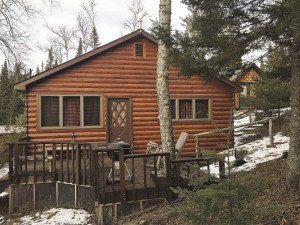
The Cook County Firewise Committee is comprised of representatives from volunteer fire departments and government agencies, as well as property owners. The committee coordinates Firewise assessments of properties throughout the county. They also sponsor “chipper days,” where trucks pick up piles of cut brush that landowners place at the end of their driveways. The brush is hauled to disposal sites, also coordinated by the committee working with the Minnesota DNR and U.S. Forest Service.
In the past, the committee coordinated grants for the installation of exterior sprinkler systems. This year, it has a grant for fuel reduction on private properties in the mid-Trail area. The DNR and USFS will do similar work on adjacent public lands. The primary objective is to remove small balsam fir, which form dense, highly flammable thickets. There is also a 50 percent cost-share available for fuel reduction work throughout the county.
The committee hopes to complete 1,000 Firewise assessments this year in the Lutsen and Grand Marais fire districts. An assessment is the first step toward making your property Firewise, because it provides an evaluation of your wildfire risks and suggests ways to reduce them. Armbruster says it is intended to help folks, such as the elderly, who cannot do the work themselves.
Cook County also has three Firewise Communities: the Tait, West Bearskin and Clara lake associations. Armbruster hopes to sign up three more this year as well. Firewise Communities raise wildfire awareness by holding annual events. They also get priority for fuel reduction funding.
Need more information? Cook County Firewise has a Facebook page and is in the process of developing a new
website at www.cookcountyfirewise.org.
Firewise Your Property
- Clear brush or obstructions around address markers so it is highly visible from both directions.
- Ensure driveways have clearance of at least 12 feet wide and 14 feet high for emergency vehicles.
- Remove leaves, pine needles and debris within 30 feet of structures and mow around structures.
- Remove debris from roofs and gutters.
- Replace deteriorated shingles and enclose open eaves.
- Place 1/8th inch or smaller mesh screen around the bottom of decks and open foundations.
- Don’t store lumber or other materials underneath decks or foundations.
- Stack firewood at least 30 feet from structures.
- Prune conifer branches up 6 feet from the ground.
- Reduce the number of coniferous trees within 30 feet of structures.
- Build or update a 72-hour emergency kit.
- Work with neighbors to develop a phone/text tree that can be used to alert everyone about a wildfire or evacuation order.


